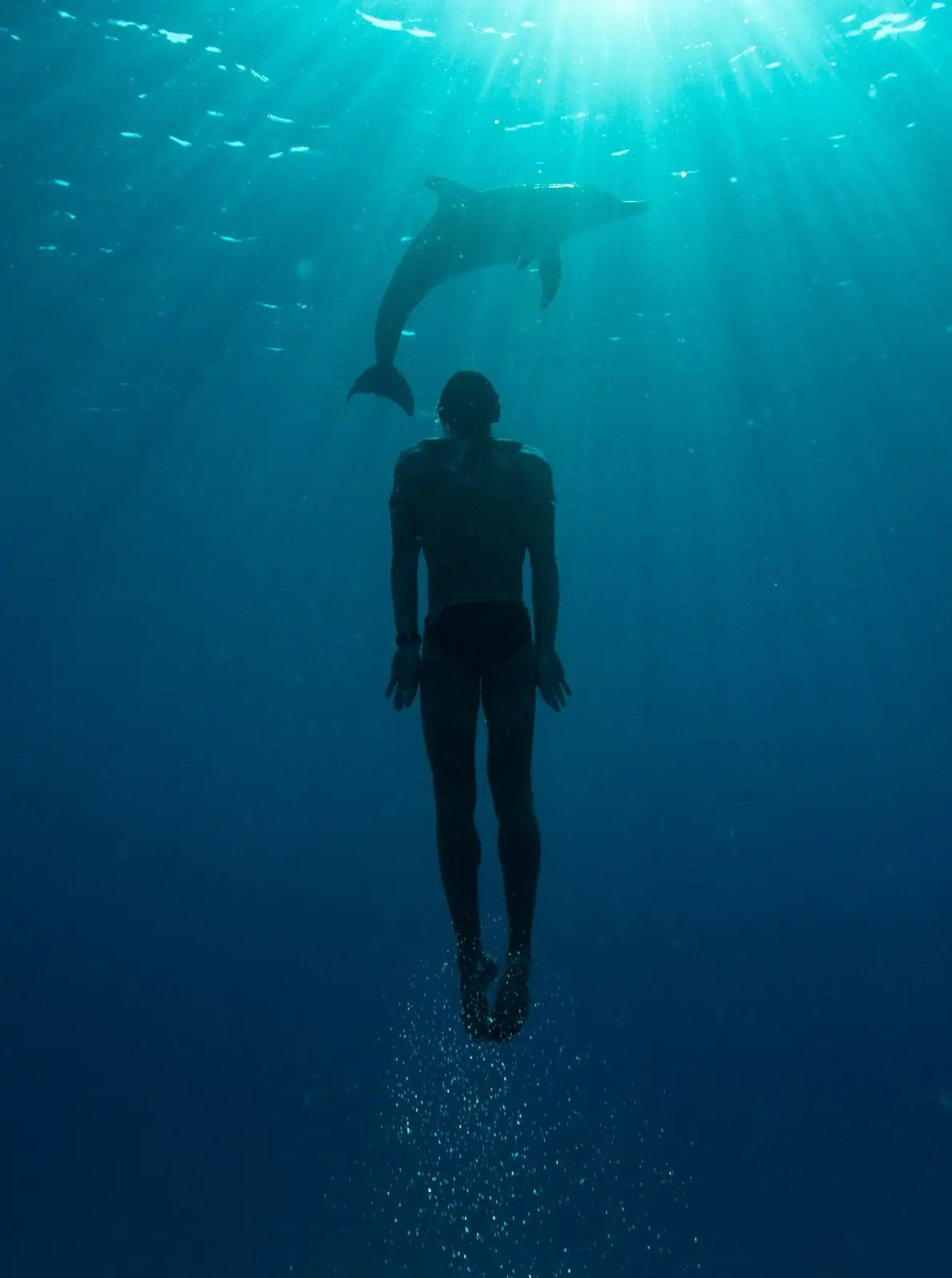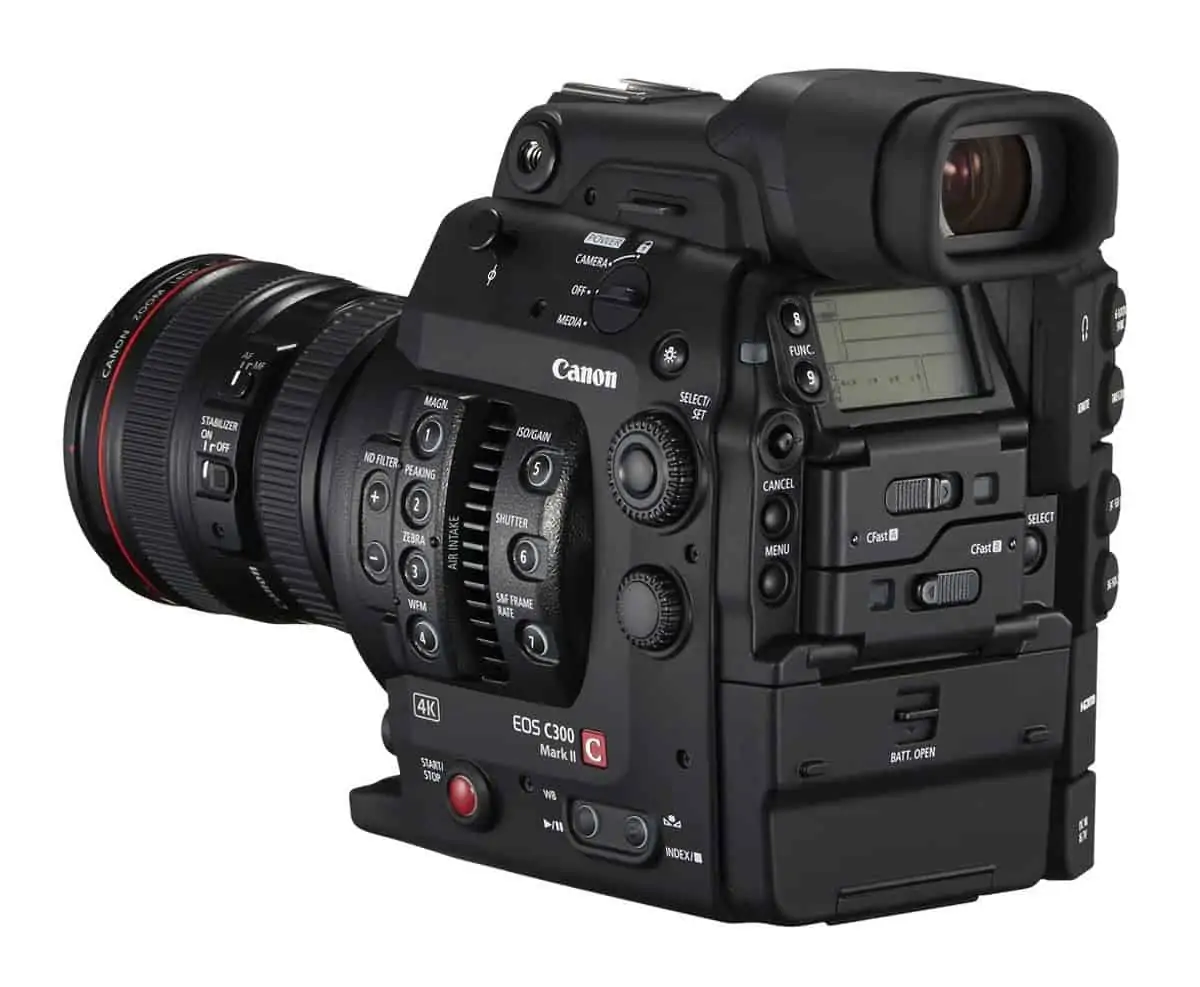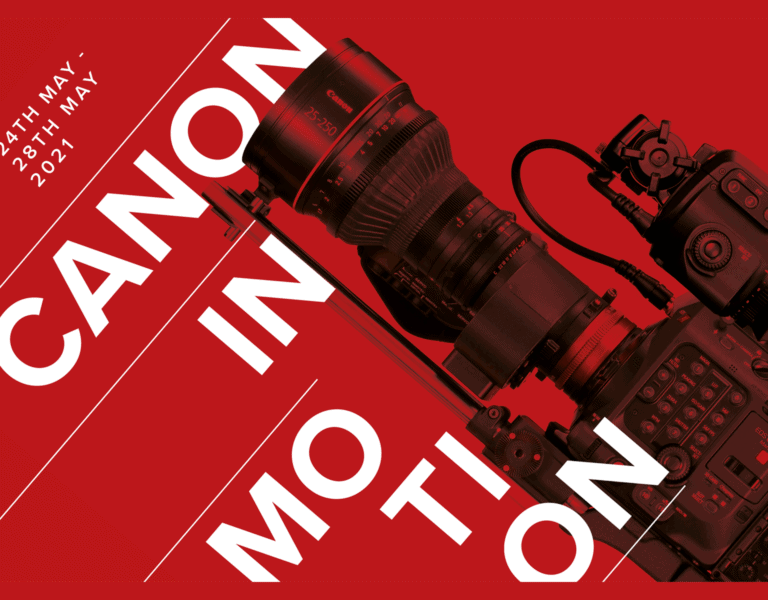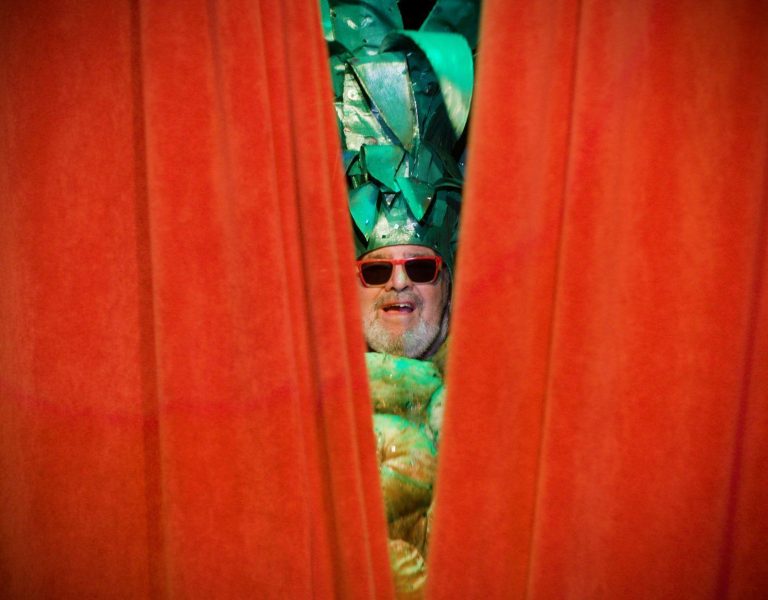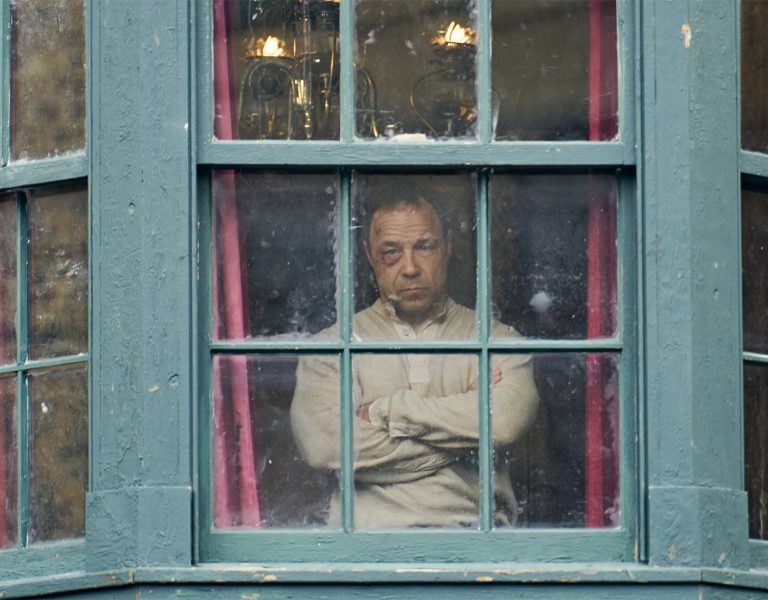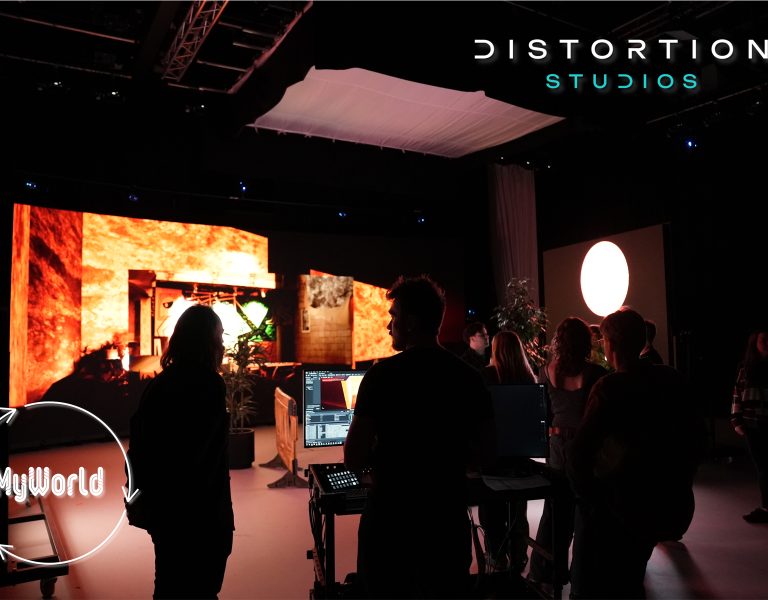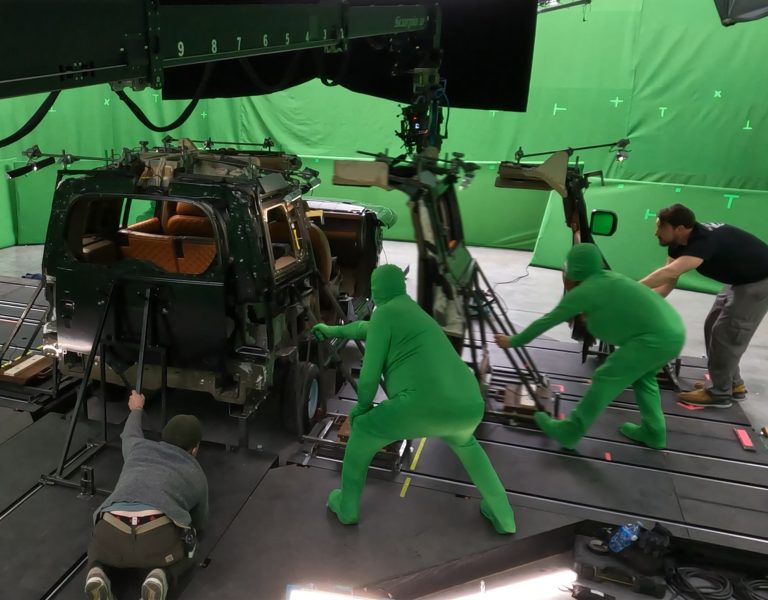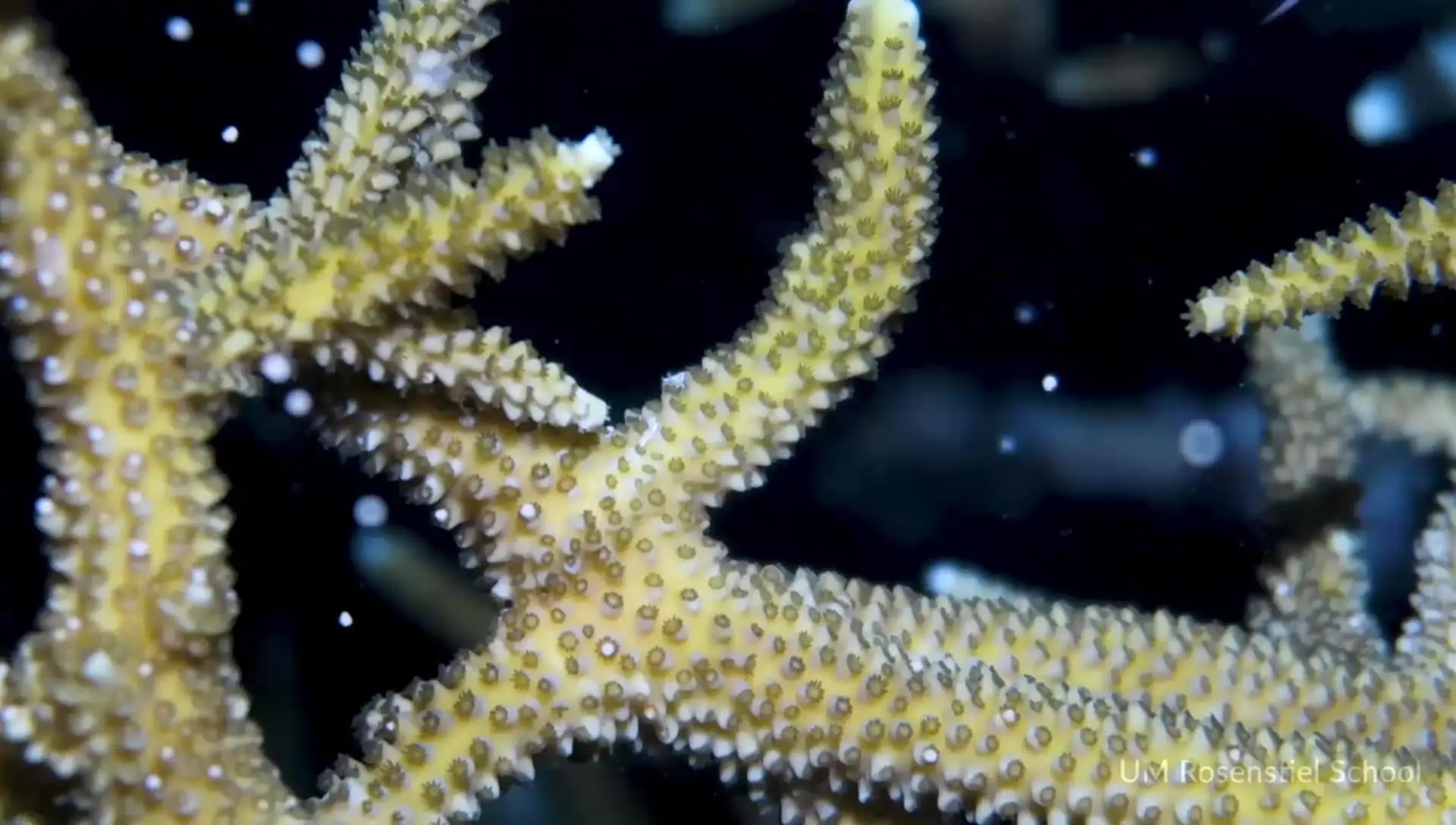
Growing up on Key Biscayne, Florida, underwater cinematographer Peter Zuccarini had exposure to the water and wildlife from an early age. “I learned to free dive for fish and lobster at about 11 or 12 years old but decided I didn’t want to just pull things out of the sea anymore, so turned to photography.”
Zuccarini saved up to buy an underwater camera and housing and started shooting which led him to pursue his passion for filmmaking at university where he started making films with aquatic themes. After graduating, Zuccarini was keen to find a way to stay in the water, so he worked at a shark research lab at the University of Miami as a staff videographer for Dr. Sonny Gruber.
“Through that, I met a lot of people in the wildlife filmmaking industry, which started a career working on films about sharks,” he says. “After a few years, I realised didn’t want to just want to focus on sharks and began exploring the motion picture industry, becoming an underwater specialist working across industries until over time most of my work was in motion pictures.”
Initially when COVID hit, many productions Zuccarini was involved with paused. “As I knew a few people from the University of Miami from when I had worked there as a staff videographer, they reached out to me to see if I could help with the shoot for their Coral Restoration Project,” he says.
The university had been growing corals in the lab for a couple of years and when they reached sexual maturity, they cemented them onto a reef site in the ocean off Miami. “Scientists working on the project had determined that this year they would probably spawn in the wild, which they believed would be a successful way to reintroduce these corals back into the sea and encourage further coral growth on the reef sites.”
The primary use of the project’s footage was to encourage the community to get involved with coral restoration. “Everybody who lives in a place like South Florida knows how valuable the coral is to the local wildlife and to the environment in general,” says Zuccarini. “The university is using this to show what can be done to save the coral and to direct people towards ways they can contribute.”
The team had a very small window to capture the spawning of the coral, which conveniently was a couple of miles straight offshore from the island where Zuccarini lives, meaning he could take his boat out to meet the team.
Light sensitivity
Due to the light sensitivity of the coral, the scientists were concerned about having any extra light on site, to avoid disturbing the spawning which would be staggered throughout the night. Canon sent Zuccarini the Canon ME20F-SH multi-purpose camera and an underwater housing which he had used before but wanted to relearn the different gain. “The sensitivity of this camera is so great that I could work with no light, really, just the light in the sky. I was playing with the effect of the super digital grain that I could see in virtually total darkness and testing what happens if I add just one handheld torch light or a proper underwater movie light. I wanted to learn what I could do with the camera in different intensities of light, so I felt ready when I went out to shoot.
“Thankfully, the ME20F-SH is well-suited for this. We shot at what would be the equivalent of 80,000 ISO, maybe even one stop faster and the footage was fantastic. It was so clean,” he says. “Often you hear about these cameras that work in the dark and you’re imagining wildlife films where you see lions in total darkness, and it appears like an infrared outline. This is different. It has colour but it’s achieved with such low amounts of light. My understanding is that this camera uses a larger pixel size so that it can pull out the full range of colours even in those low light levels.”
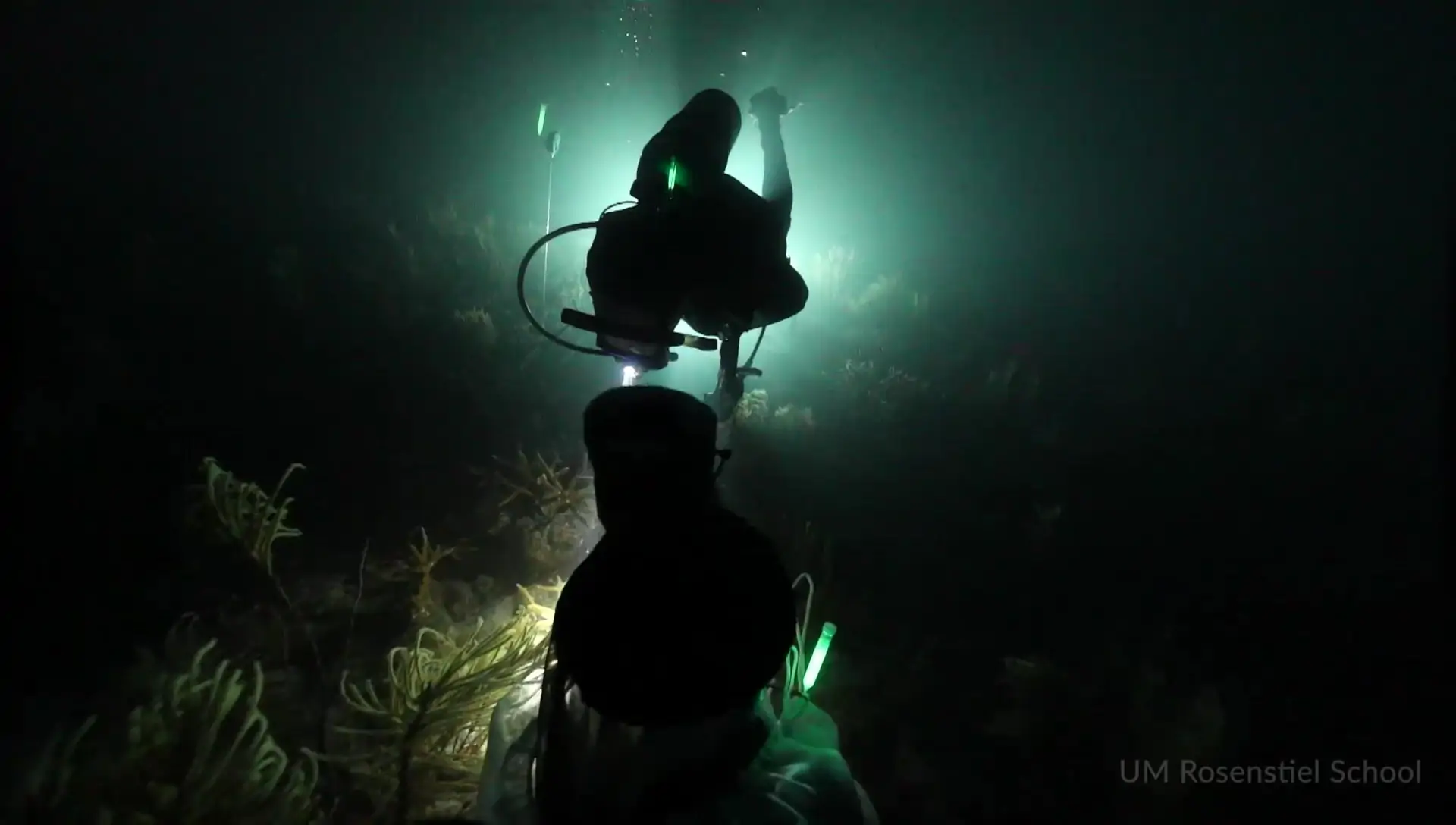
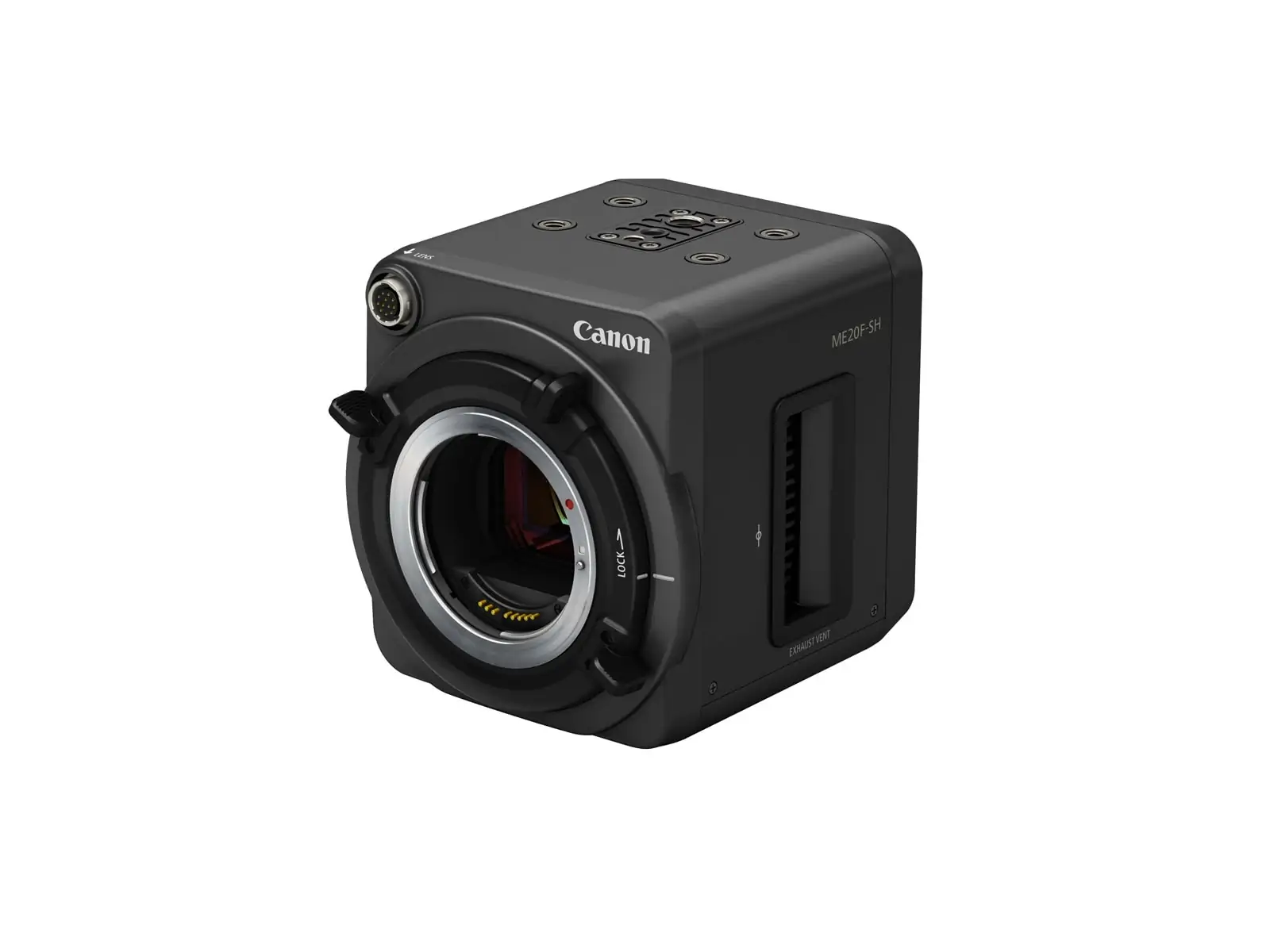
Zuccarini is hoping to use the camera again to explore some ideas involving bioluminescence, starlight and moonlight, which would lean on its “million ISO equivalent settings, to just break the image back down to its interpretive digital gain”. He is keen to get back into the water with the camera to see what is possible when working with the maximum settings.
“I wasn’t able to do this on the coral test because it was a little too risky with the image you get,” he says. “The image is strange because you can really see what’s happening in actual darkness, but it’s a little more interpretive because of how grainy it gets. That’s something that’s still ahead of me to really explore.”
Capturing the action
Zuccarini has also enjoyed impressive results when using Canon cameras on previous projects. “I’ve had the opportunity to use the EOS R5, which for me as a motion picture person felt like the next iteration of the EOS 5D Mark II,” he says. “When that came out, DPs for motion pictures really jumped on it because of its small form factor. It filled that need for a small camera that you could easily mount onto something or use when running down a line to capture action.”
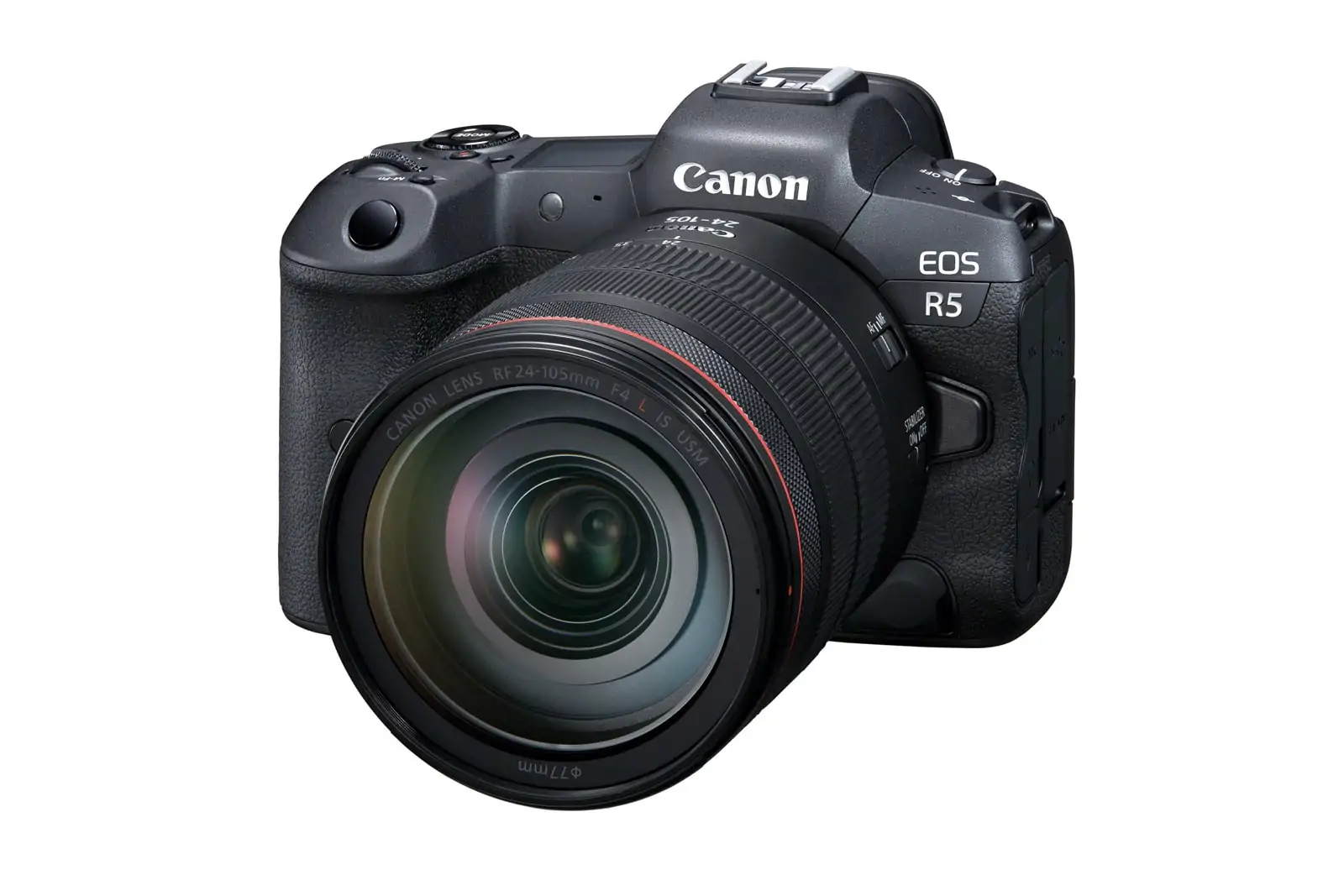
He also believes that having the option to squeeze a lot of resolution and dynamic range into a small object makes it an incredibly useful tool and finds it perfectly suited to situations when he is setting up a shot and needs a camera that can fit into a tight spot or that he can carry while swimming.
“It also sits in that sweet spot of form factor for me. Larger cameras tend to operate more smoothly in the water, because they’re not as responsive to turbulence, while small cameras respond too much,” he adds. “With a medium sized camera like this, it is easy to add or subtract and make it the right size for the type of swimming move that I’m going to do.”
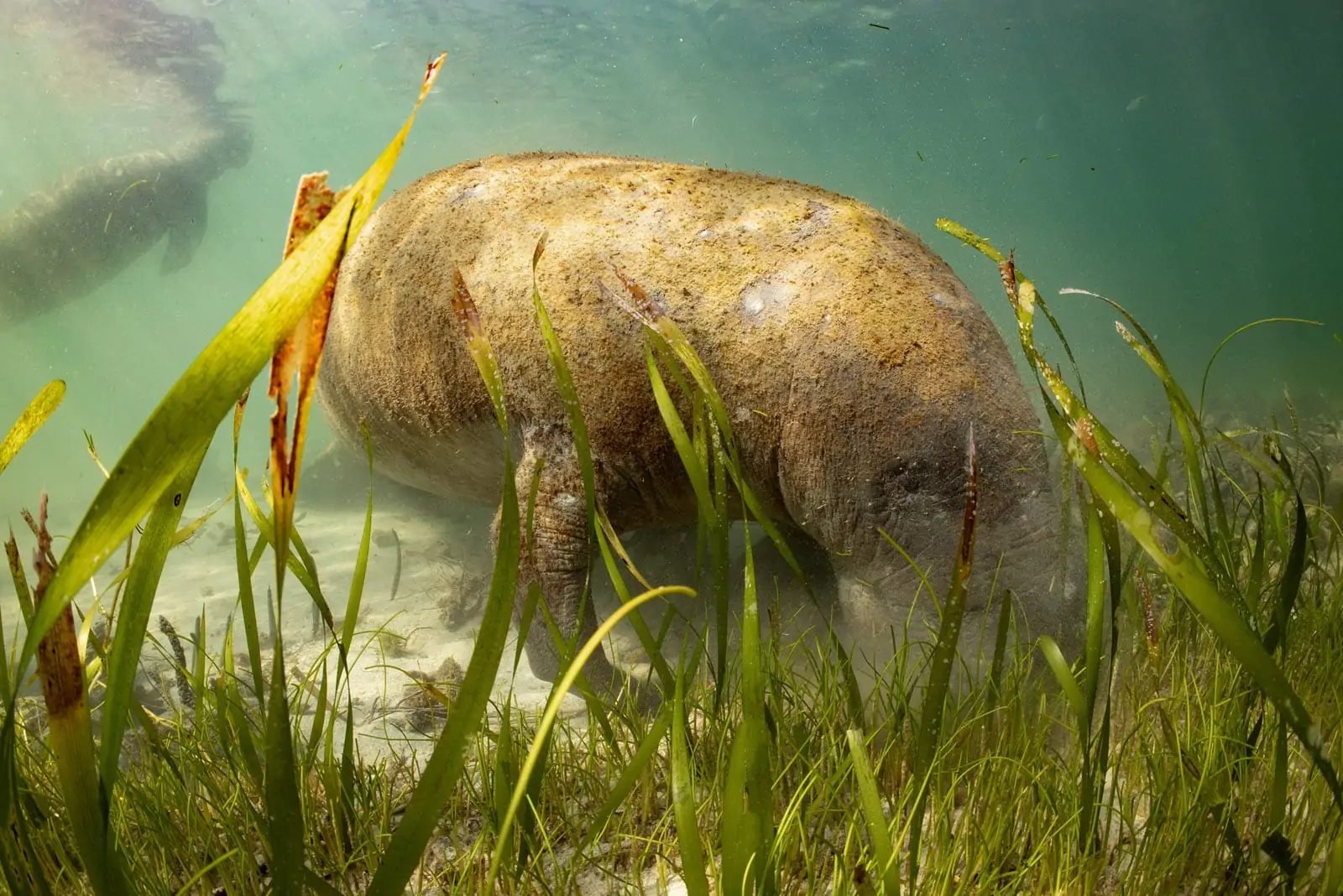
During a recent project for an NGO, Zuccarini was conducting a survey of plastics in the ocean when he encountered a family of manatees eating seagrass. “I didn’t want to disturb them – or for them to even know I was there – but it can be tricky when they swim into the area I am surveying,” he says. “With this camera I could easily sneak around them and even used this tiny camera to get these incredible 8K images of them grazing.”
The cinematographer is also a fan of the EOS R5’s “beautiful” colour. “If you are accustomed to the Canon sensor, you’ll know how colour sensitive they are and for me, that the real power of Canon camera systems. The sensors just have such an incredible range of colour available, even compared to the cameras we use in motion picture.”
The size of a Canon DSLR in an underwater housing is also ideal for shooting while freediving. Zuccarini elaborates: “Diving without scuba gear with a small but powerful camera allows for rapid ascent and repositioning to compose floating moments with animals or human subjects and delicate, sometimes fleeting underwater light opportunities.”
BY ZOE MUTTER
